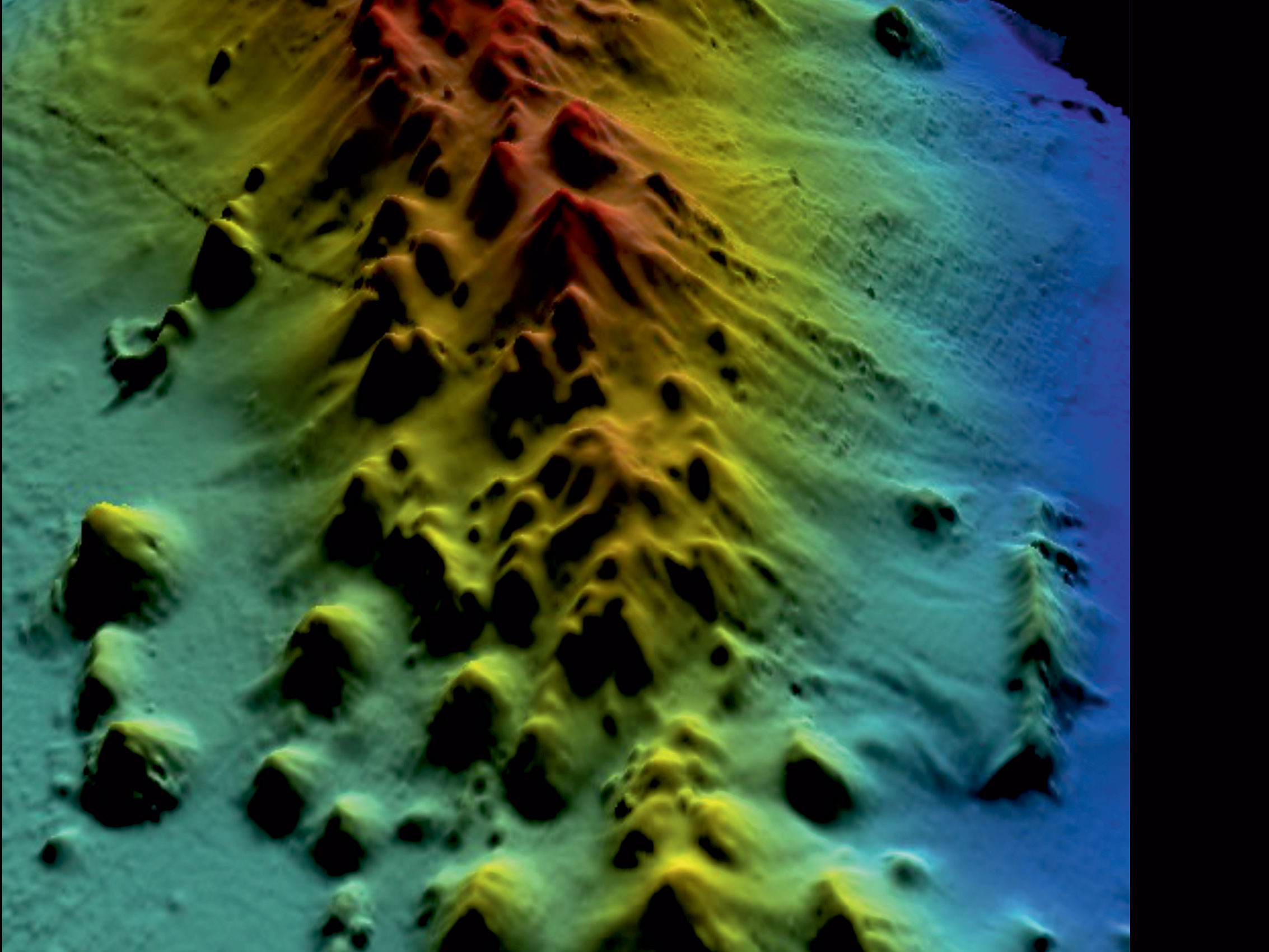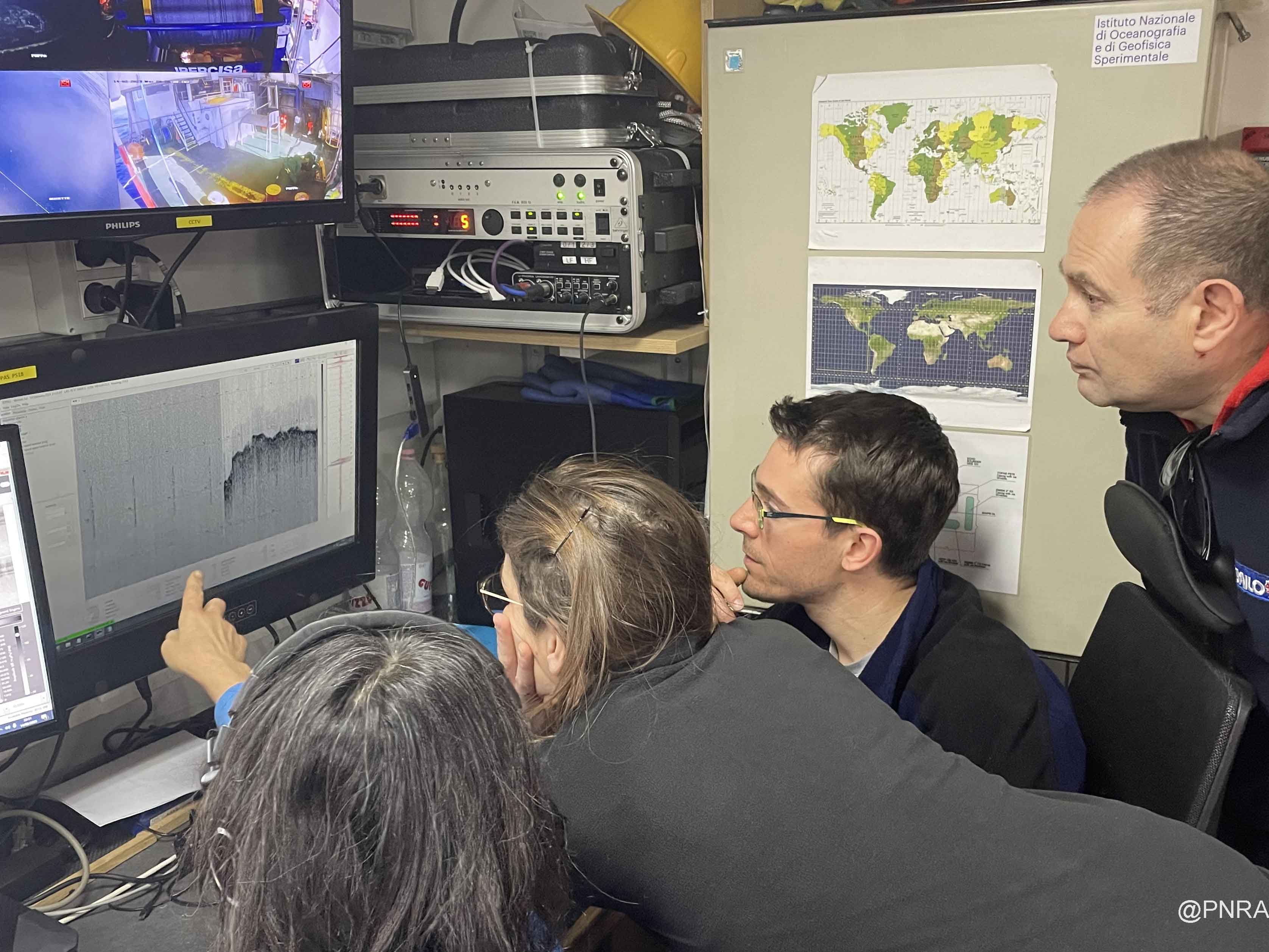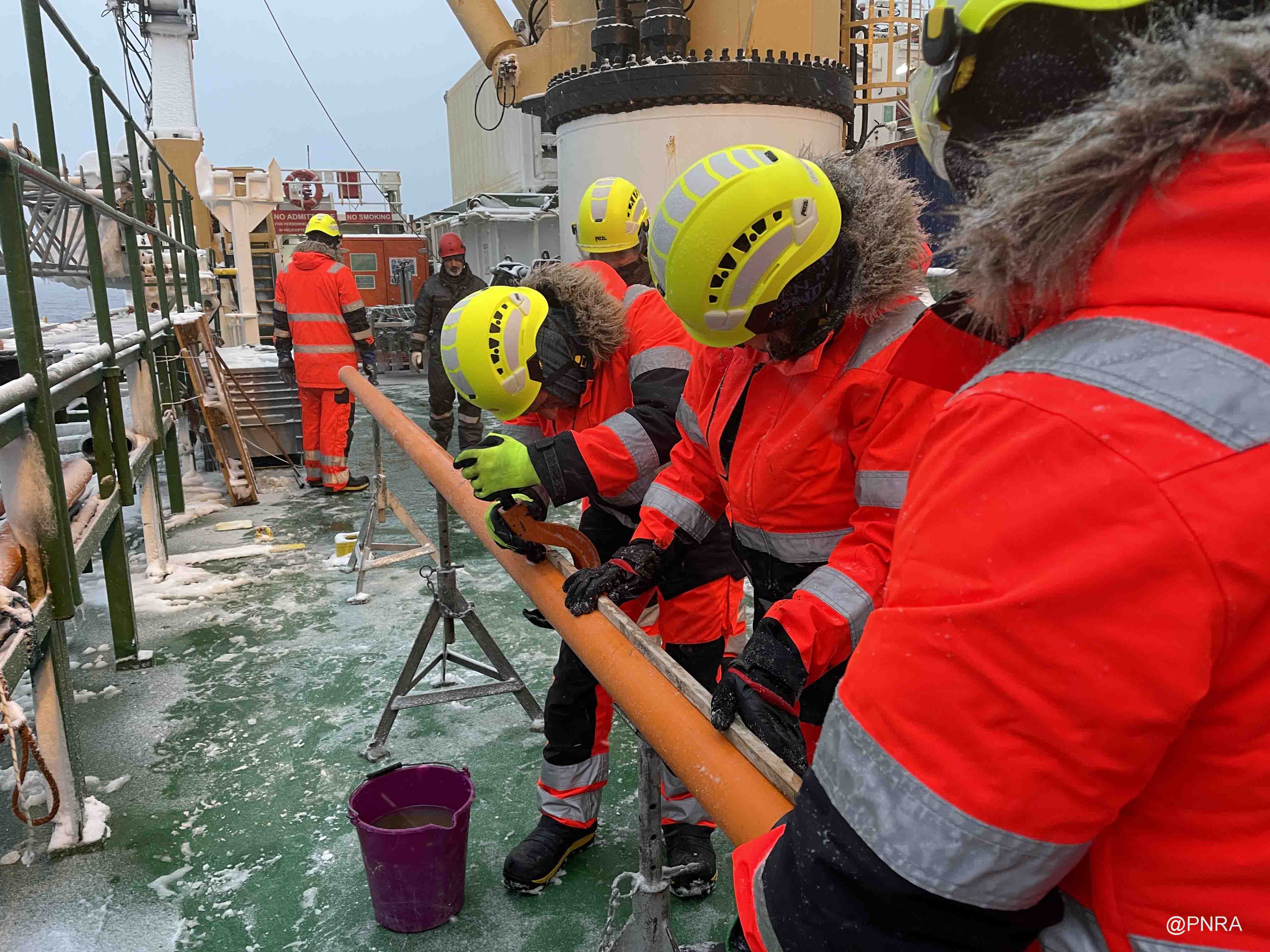
Antarctica: a chain of underwater volcanoes was discovered
Thanks to geological and geophysical investigations on board the Italian icebreaker "Laura Bassi" of the National Institute of Oceanography and Experimental Geophysics (OGS) as part of the international BOOST project, funded by the National Antarctic Research Programme (PNRA) and coordinated by the University of Genoa, a chain of underwater volcanoes has been discovered in the remote seas of Northern Victoria Land in Antarctica.
The volcanic chain is located at about 70° south latitude and about 60 km off the remote Pennell Coast, in an area where the circum-Antarctic currents of the Southern Ocean meet the waters of the Ross Sea. It has a length of about 50 km and a maximum width of 15 km, and although its peaks rise more than 1500 m above the surrounding seabed, they remain hidden beneath the sea. The highest point of the volcanic complex lies at a depth of around 600 metres.
The first indications of this discovery emerged during the 38th Italian expedition in February 2023 and were then confirmed during the 39th campaign, in which the ship Laura Bassi took part, which ended in early March 2024 as part of the National Antarctic Research Programme (PNRA).
The area studied by the project is a key area for understanding the interaction between the geological processes associated with the movements of the lithospheric plates and the evolution of the Antarctic ice sheets. According to initial analyses, the volcanism appears to be geologically recent, but its origin and age have yet to be precisely determined.
The research campaigns in Antarctica are funded by the Ministry of Universities and Research (MUR) as part of the National Antarctic Research Programme (PNRA), which is managed by the National Research Council (Cnr) for scientific coordination, by ENEA for the planning and logistical organisation of activities in the Antarctic bases and by OGS for the technical and scientific management of the icebreaker Laura Bassi.


